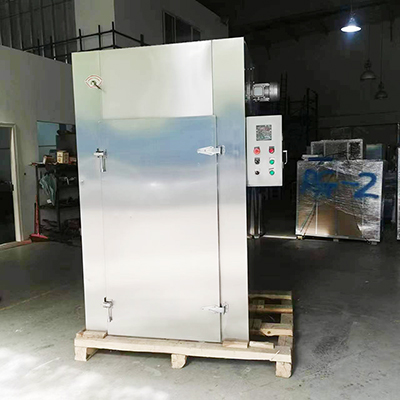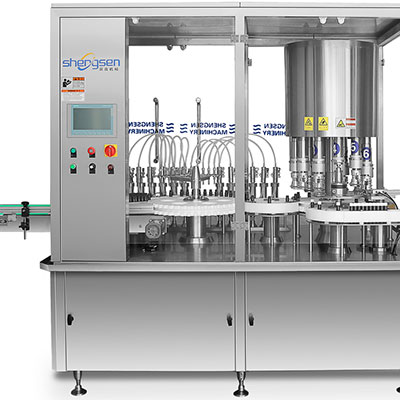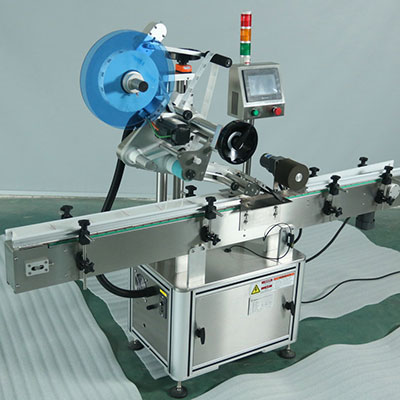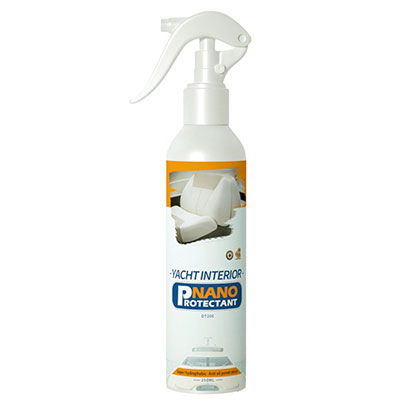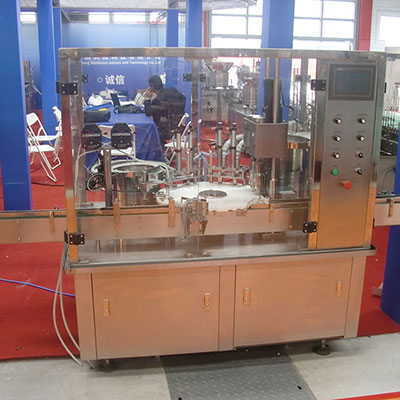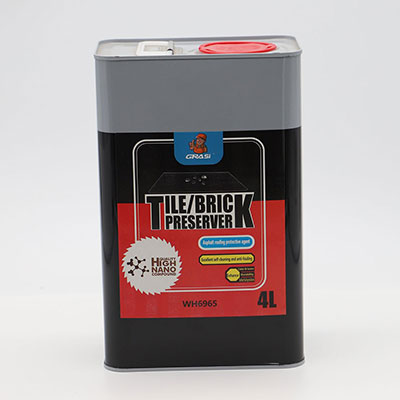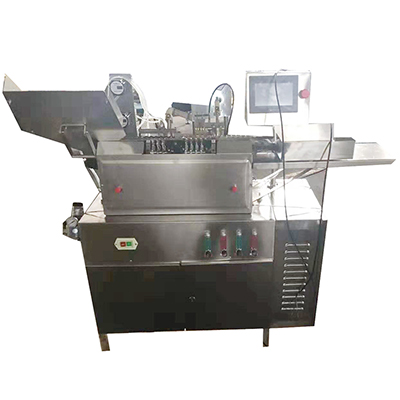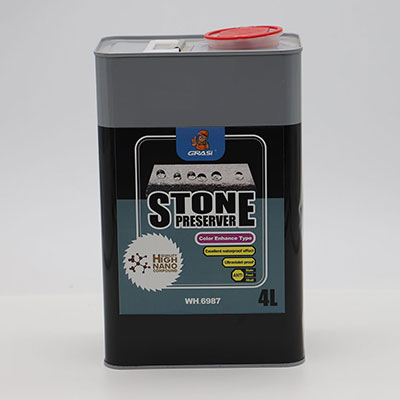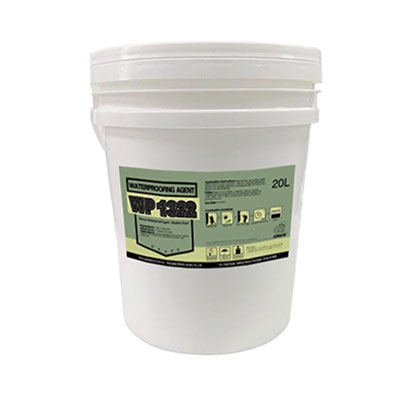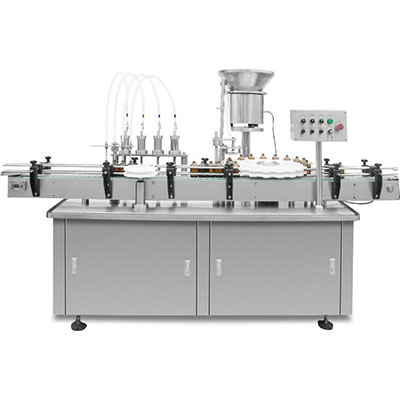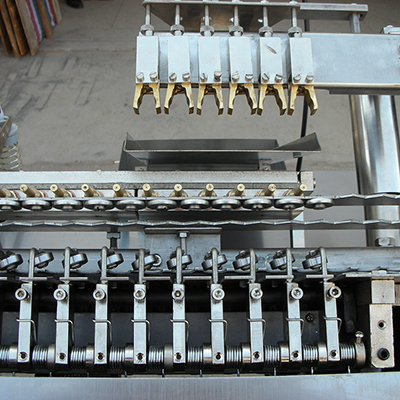Working Principle
Working Principle of Medium Voltage Soft Starter
The medium voltage soft starter consists of inlet wires, switch and medium-voltage controlled reactor, as well as motor and its load. The safe and reliable secondary control system is composed of controller, three-phase full wave rectifier as well as high and low-voltage dual isolators.
In the system of the medium voltage soft starter, the primary loop current is collected to regulate the low-voltage control coil so as to change the reactance of the reactor's high-voltage loop, thus realizing closed-loop current control and enabling the motor to start smoothly and quickly.
Operating Principle of Controllable Reactor
The iron core is described by the curve and the state of the core is characterized by the operating point on the curve. In actual operation, if the DC excitation current changes slowly and the trajectory of operating points extends to the zones that are far away from the origin of coordinates. This is exactly the actual operation characteristic of saturated reactor which acts as an actuator of soft starter for high-voltage motor. Therefore, we can idealize the actual curve into the one shown in Fig. 2, in which, basic electromagnetic properties of the iron core are reserved and secondary factors, like hysteresis loop, are ignored.
The high-voltage winding of each phase contains two series-connected coil assemblies, and the induced voltage on the AC winding is proportional to dBΣ/dt. BΣ is the sum of the magnetic flux density of the two iron cores, and it is shown in Fig. 3 when the magnetic potential of control coil yields Hk with reverse polarities on the two cores. Variance in Hk is relatively slow. In Fig. 3, Hk and Hac denote the magnetic field intensity of DC and AC winding current respectively, i.e., the magnetic field intensity of the current of control winding and high -voltage working winding. The control winding implements its control over the current of the high-voltage winding just by controlling the width of the heterodromous zone indicated in Fig. 3.
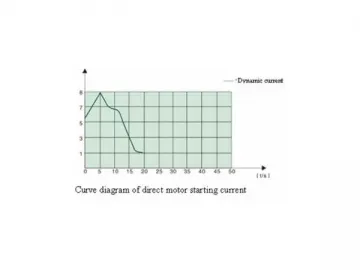
Links:https://www.globefindpro.com/products/61959.html
-
 FHD Series Reusable Linear Stapler
FHD Series Reusable Linear Stapler
-
 Data Analysis and Conclusion
Data Analysis and Conclusion
-
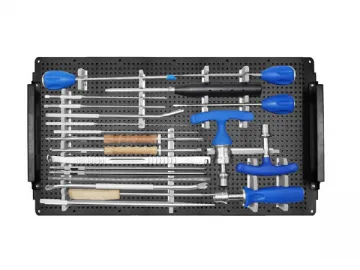 M9 Spinal System Instrument Set
M9 Spinal System Instrument Set
-
 Potassium, 3-Phenylsulfonyl Benzenesulfonate
Potassium, 3-Phenylsulfonyl Benzenesulfonate
-
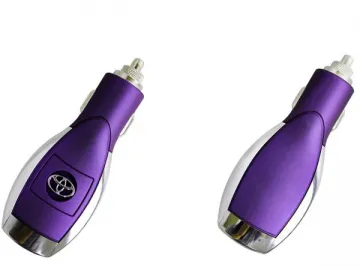 Car Charger
Car Charger
-
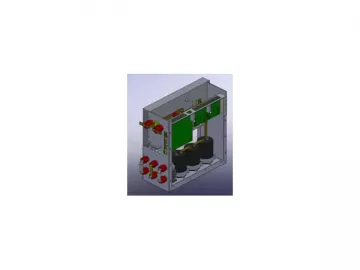 VFD Working Principle
VFD Working Principle
-
 CJI7700A Wireless Home Theater
CJI7700A Wireless Home Theater
-
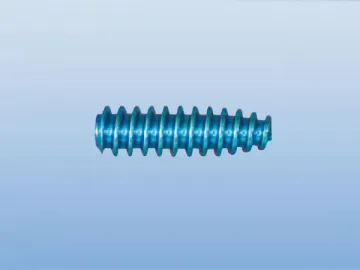 ACL Interference Screws, Anterior Cruciate Ligament Reconstruction
ACL Interference Screws, Anterior Cruciate Ligament Reconstruction
-
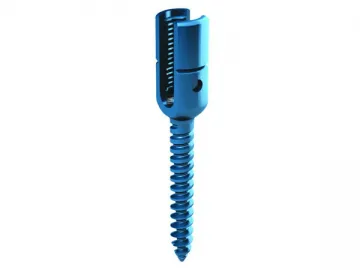 M10 Spinal System
M10 Spinal System
-
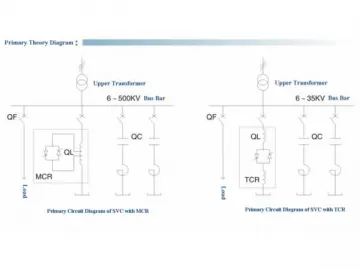 Dynamic Compensation Theory of MCR Type Static VAR Compensator
Dynamic Compensation Theory of MCR Type Static VAR Compensator
-
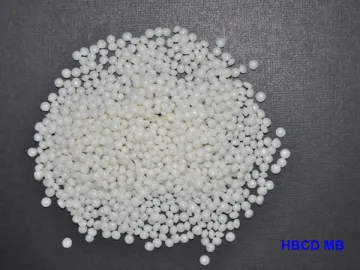 Flame Retardant Masterbatch
Flame Retardant Masterbatch
-
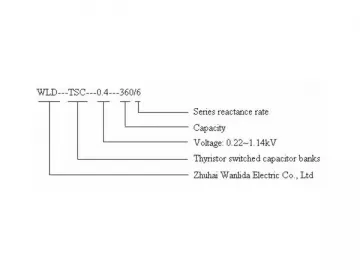 Product Model and Specifications
Product Model and Specifications
